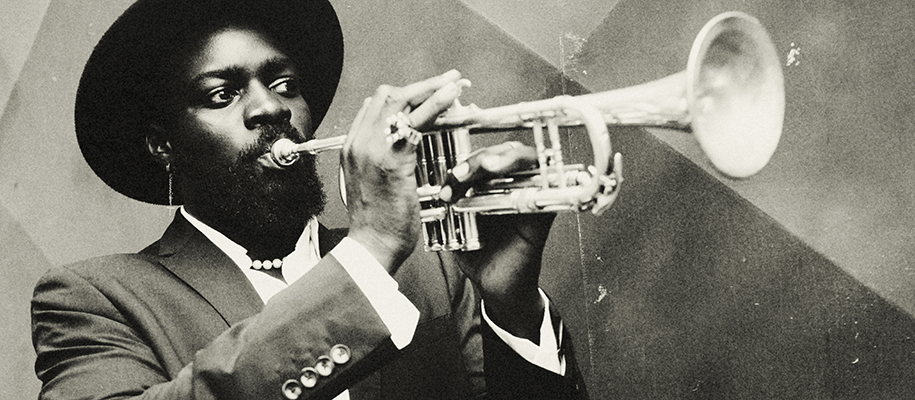How much did you learn about Black history in high school? Statistically speaking, probably not much. A 2017 National Council for the Social Studies analysis of public school curriculums surmised that generally only one to two lessons—or approximately 9%—of total class time are devoted to Black history in US history classrooms.
At CollegeXpress, we believe history should be explored in its totality—no matter the feelings the topics may evoke in us. We feel especially passionate about honoring Black historical figures who broke the mold but have not yet had their time in the spotlight. What better way to celebrate Black History Month than to learn about some of these unsung heroes? Let’s go down the list of a few lesser-known Black historical figures who achieved some incredible firsts and feats.
Robert Sengstacke Abbott
Robert Sengstacke Abbott was born in Georgia in 1870 to two former slaves. Determined to live a full and lucrative life, he studied printing at Hampton Normal and Agricultural Institute (now known as Hampton University) then went on to study at Kent College of Law in Chicago. The logical next step would be to start a career as an attorney, of course—but the prejudiced firms of Chicago at the time refused to hire him.
Not one to waste his degree and hard work, Abbott decided to give printing a try. In 1905, he founded The Chicago Defender with an investment of 25 cents. The first edition was humbly printed in his landlord’s kitchen, but by 1916, the paper’s circulation was around 50,000. Two years later, it had reached 125,000; by the early 1920s, it was well over 200,000!
The Chicago Defender had the highest circulation of any Black-owned newspaper in the nation. However, Abbott did more than just report the news. His mission was to eliminate racial prejudice, open trade unions to Blacks, abolish lynching, and much more. Due to his dedication, skill, and honest reporting, Abbott would become one of the first self-made millionaires of African American descent. What’s more, his hard work contributed to widespread awareness of the realities of racial prejudice; and for that, we thank him.
Related: Spotlight on Historically Black Colleges and Universities
Gordon Parks
Gordon Parks bought his first camera, a Voigtländer Brillant, at a Seattle pawnshop for $7.50 around 1937. The photography clerks who developed his first film roll saw potential in his work and encouraged him to pursue photography. Years later, he would become the first African American on the staff of Life magazine. “I saw that the camera could be a weapon against poverty, against racism, against all sorts of social wrongs,” he said. “I knew at that point I had to have a camera.”
Parks also was the first Black director of a major film, Shaft, which played a significant role in shaping the blaxploitation genre. It was a box office hit in 1971, earning enough money to save MGM from looming bankruptcy. Parks was also a talented pianist, writer, and painter. We’re stunned by his work and dedication to social justice.
Jesse Leroy Brown
Jesse Leroy Brown was a gifted student and athlete who dreamed of becoming a pilot. But the odds were always against him, and even his family would laugh when he spoke of his dreams—they assumed he was only joking. But he had the last laugh when he finished basic training and, in 1948, received his Naval Aviator Badge, officially becoming the first Black man to wear the “Wings of Gold.”
While in training, Brown married his longtime girlfriend, Daisy, despite the rules that an aviation cadet must remain single until graduation or be dropped from the program. He received his Navy commission and became an officer in 1949. Widespread media coverage commended Brown as a symbol of courage and achievement in the Black community. Tragically, Brown died in the line of duty while serving in the Korean War just one year later, but we’ll always be eternally grateful for his sacrifice.
Related: Four-Year Colleges With African/Black Studies Programs
Lewis Latimer
Lewis Latimer was born in Chelsea, Massachusetts, in 1848 to parents who had escaped from slavery in Virginia six years prior. When his father fled Massachusetts after the Dred Scott decision in 1857, 16-year-old Lewis had to work to support himself and his family. He found a job at a local law firm and, by watching the draftsmen, learned about mechanical drawing and drafting. When his colleagues realized his talent, they promoted him. Eventually, his talents were also discovered by the likes of Alexander Graham Bell, Hiram Maxim, and Thomas Edison!
Latimer went on to be hired as the first and only Black inventor on Edison’s team. A little-known fact: Edison’s original light bulbs burnt out after mere days. An even lesser-known fact: Latimer worked to develop the filament system that made Edison’s light bulbs cheaper and longer lasting. Edison gets all the credit for the invention, but clearly, we have another man to thank. So thank you, Lewis, for showing us the light!
William Henry Hastie
William Henry Hastie was the first African American to serve as Governor of the United States Virgin Islands as a federal judge and as a federal appellate judge. Hastie received his Bachelor of Laws (LLB) and his JD from Harvard University. Shortly thereafter, he became one of the first Black members of the Franklin Roosevelt Administration, in which he served as the President’s Race Relations Advisor.
In 1937, Hastie was appointed judge of the Federal District Court for the Virgin Islands by the President, effectively making him the nation’s first Black federal judge. He would go on to become Dean and Professor of Law at Howard University School of Law. He also served as Civilian Aide to Secretary of War Henry L. Stimson, during which time he championed the racial integration of the troops. But when the Army Air Force created a separate training facility for African Americans, Hastie resigned as an act of protest—which prompted the Army and Navy to begin limited experimentation with integrated units. Hastie didn’t stop there. In 1946, he was appointed as Governor of the Virgin Islands. In 1950, he was confirmed as Judge of the Third United States Circuit Court of Appeals. We applaud Mr. Hastie for all of his “firsts”!
Related: Timeline of Important Events in Black History
Can you believe the stories of these remarkable Black historical figures have been hiding in the margins of US history education? It’s time we share their stories!
Want to read about even more amazing people who have shaped our country for the better? Keep learning with Black Heroes of History: 5 Inspiring Female Figures!







